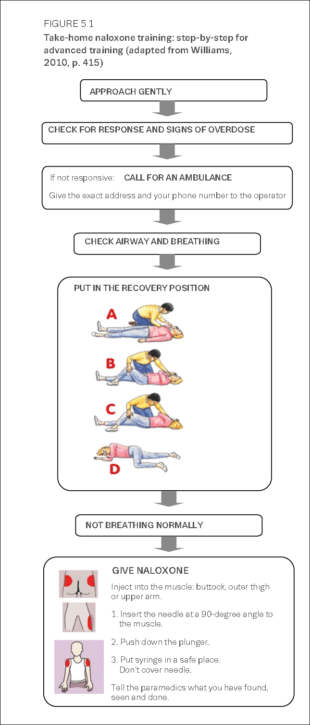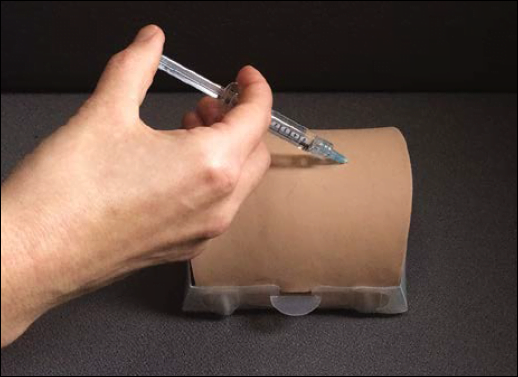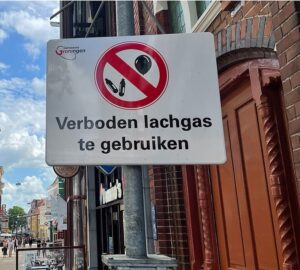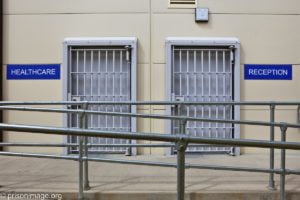Naloxone, the overdose antidote
An excellent new (18 January 2016) report from the European Monitoring Centre for Drugs and Drug Addiction (EMCDDA) provides an authoritative overview of the current use of naloxone, the overdose-reversal drug, across Europe.
Preventing opioid overdose deaths with take-home naloxone really is a guide to everything about the use and effectiveness of nalxone.
Starting with a detailed explanation of exactly how naloxone works, the report covers:
- Emergency naloxone in regular clinical practice
- Opioid overdose deaths: risks and clustering is in time and context
- Historical summary of the development and spread of take-home naloxone provision
- Setting up take-home naloxone training and distribution programs
- Options for the future: new products, new legislation, new initiatives
Insights
Between 6 000 and 8 000 drug-induced deaths are reported in Europe every year, with opioids, such as heroin, found in most overdose cases. Yet with adequate intervention, using the overdose-reversal drug naloxone, many of these deaths can be prevented. In the UK, heroin-related deaths have increased by two thirds over the last two years.
Naloxone — a pharmaceutical drug used to reverse respiratory depression caused by opioid overdose — has been used in emergency medicine since the 1970s;traditionally available in injectable form, non-injectable formulations (including nasal sprays) are now emerging.
Research shows that many opioid overdoses occur in the presence of bystanders, who, if empowered to act appropriately, have the potential to save lives while waiting for emergency services to arrive at the scene. This has led to the emergence of naloxone as a harm-reduction measure since the 1990s, with the provision of take-home naloxone kits to opioid users and those likely to witness opioid overdoses.
In Europe, take-home naloxone initiatives currently operate at city level in Denmark, Germany, Estonia, Ireland, Italy, the UK (England) and Norway, and at regional level in Spain (Catalonia) and the UK (Scotland and Wales). A number of other EU countries are also exploring the practice and considering adding take-home naloxone to the existing range of interventions to prevent drug-related deaths .
Following on from a 2015 EMCDDA review of the effectiveness of take-home naloxone, the new report provides practitioners and policymakers with a comprehensive, up-to-date review of the evidence base on the issue. Examining the case for distributing naloxone, the report traces the drug’s historical developments, presents examples of good practice and training and considers ongoing debates on naloxone availability and legal frameworks.
Legal barriers and developments
On the issue of legal barriers in the EU, the report says: ‘In most jurisdictions, naloxone is a prescription-only medicine and its use is restricted to medical personnel or to patients to whom it is prescribed. The introduction of take-home naloxone provision in some countries would therefore require adjustments to be made to current regulations’.
naloxone is a prescription-only medicine and its use is restricted to medical personnel or to patients to whom it is prescribed. The introduction of take-home naloxone provision in some countries would therefore require adjustments to be made to current regulations’.
In some jurisdictions, the notification of overdose events can trigger a report to the police, which may discourage overdose witnesses from contacting emergency medical services. The report describes how the dissemination of take-home naloxone has been facilitated by the introduction of so-called ‘Good Samaritan’ legislation in some countries (Luxembourg, Scotland, some US states), which exempt lay responders from liability when they offer assistance.
Although most EU Member States have not implemented formal legal provisions for take-home naloxone, a number of communities and countries have clarified the legal status of prescribing and administering it.
Options for the future: new products
Naloxone formulations are currently licensed in injectable form, which can prove a psychological obstacle for non-medical responders as well as a health risk for all those administering the drug. Safer and easier routes of administration are currently under development, which could contribute to the drug’s wider use.
In November 2015, the US Food and Drug Administration approved a concentrated nasal naloxone preparation. This important breakthrough in facilitating naloxone use by overdose witnesses raises the prospect of nasal naloxone becoming available in the EU in the near future. In Europe, pilot nasal spray naloxone programmes are currently running in Denmark and Norway, while the feasibility of a buccal tablet is being explored in the UK.
Training family and friends: an essential element
The training of family and friends is increasingly being recognised as an essential element of urgent interim overdose management using naloxone. It helps bystanders become familiar with the medication and the legalities around it and feel competent to use it as they wait for emergency responders.
Take-home naloxone training may vary in intensity and coverage, with the choice of the training level determined by the setting, target group needs and available resources. Among the issues covered in training are the potential side-effects of naloxone use, including acute opioid withdrawal symptoms and the risk of post-recovery re-intoxication as the effects of the naloxone wear off.
Improving availability to save more lives
Reducing fatal drug overdoses remains an important challenge for public health policy with naloxone currently available in less than a third of the 28 EU Member States.
Some 50 years after its original manufacture, naloxone remains the drug of choice for reversing opioid overdose.
Conclusion
EMCDDA Director Alexis Goosdeel emphasises the importance of naloxone:
Each of the lives lost every day in Europe to opioid overdose is worth all our efforts to improve prevention and responses. Empowering bystanders to deliver a potentially life-saving intervention is an important step in a diversified and balanced European response to drugs.







